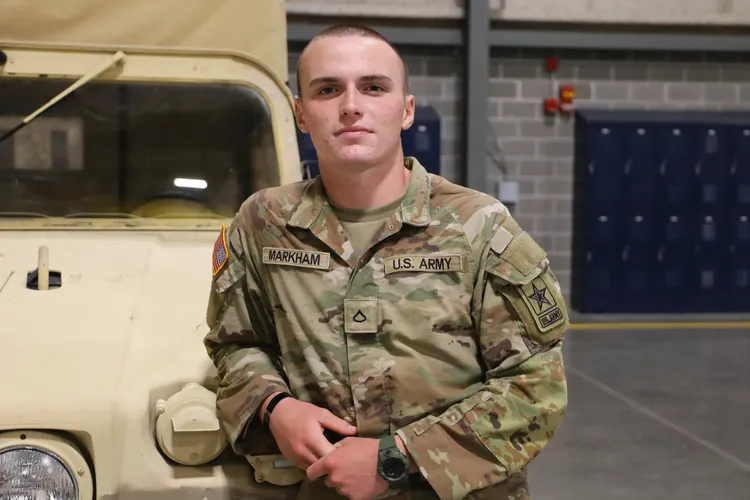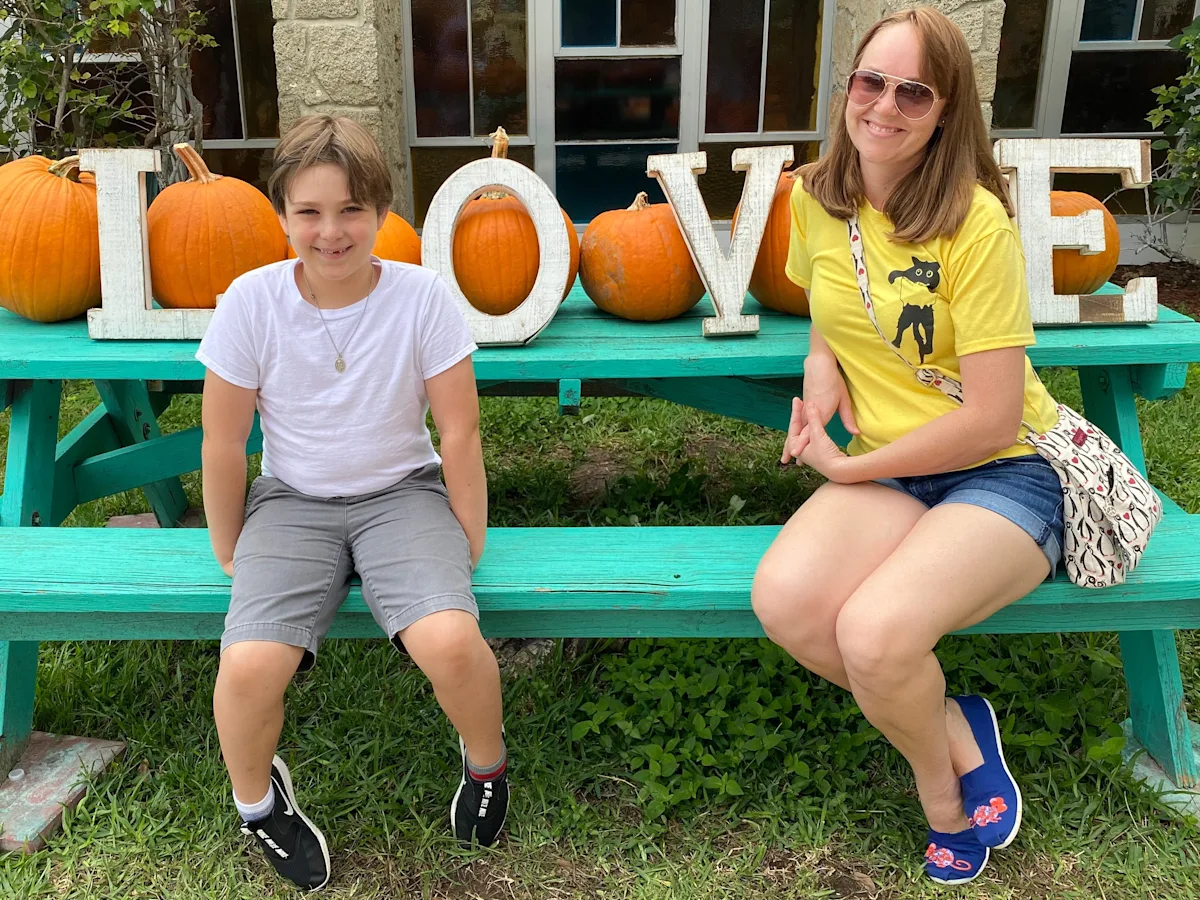It was June 2022, a typical warm day in Nashville, Tennessee. Kristyn Pierfelice, a compassionate speech therapist who worked with children, was behind the wheel, likely thinking about her next therapy session or maybe just enjoying the music on the radio. She was known for her infectious energy – a woman who loved hiking, yoga, and pouring her heart into her work with kids who struggled to communicate. At 35, she was in her prime, building a life full of purpose.
Then, in a flash, everything changed. A vehicle – reports don’t specify whether it was a car, truck, or something else – collided with Kristyn’s car in a violent crash. The details of the accident are still raw: metal crumpled, glass shattered, and Kristyn’s body bore the brunt of the impact. She sustained severe injuries, including a traumatic brain injury (TBI), multiple fractures, and damage to her spine and nervous system. Emergency responders rushed her to a nearby hospital, where she spent weeks in intensive care, fighting to survive. Her family, friends, and colleagues held their breath, praying for the woman who’d always been a light in their lives.
The road to recovery was grueling. Kristyn underwent multiple surgeries to repair broken bones and stabilize her spine. Doctors warned that the brain injury could affect her cognition, speech, and mobility, while the spinal damage left her with persistent nerve pain. What was once a life of hiking trails and chasing after kids in therapy sessions became a battle against constant discomfort and the limitations of a body that no longer felt like hers.
Living with Chronic Pain: A Daily Struggle

Three years after the crash, Kristyn’s life looks nothing like it used to. Chronic pain has become her uninvited companion, a relentless force that shapes every moment. The nerve damage from her injuries causes burning, shooting pain that flares unpredictably, sometimes triggered by something as simple as a change in weather or sitting too long. “It’s like my body is screaming at me, and I can’t make it stop,” she’s shared, her voice heavy with the exhaustion of someone who’s been fighting an invisible battle.
Simple tasks – getting out of bed, making coffee, or walking to the mailbox – now require careful planning. Some days, the pain is so intense she can barely move. Physical therapy, once a cornerstone of her recovery, is ongoing but slow, as her body struggles to heal from the trauma. The traumatic brain injury adds another layer, affecting her memory and concentration. For someone who once helped children find their voices, the irony of struggling with her own cognitive challenges is heartbreaking.
Yet Kristyn refuses to let the pain define her completely. She’s candid about the mental toll, admitting to days when despair creeps in. “You grieve the person you used to be,” she says. “I miss running, I miss working with my kids without worrying I’ll have to stop because of a pain flare-up.” Counseling has been a lifeline, helping her process the loss of her old life while finding ways to cope with anxiety and depression that often accompany chronic pain. Her family and close friends have rallied around her, offering support, but it’s a lonely journey at times. Chronic pain isn’t something you can see, and explaining it to others can feel like shouting into the void.
Fighting for a New Normal
Despite the challenges, Kristyn’s spirit remains unbroken. She’s thrown herself into advocating for herself and others living with chronic pain, determined to find meaning in her suffering. She’s explored every avenue to manage her condition – from medications and nerve blocks to acupuncture and mindfulness techniques. Some days, these tools help; others, they barely make a dent. But she keeps trying, driven by a stubborn hope that she can regain some control over her life.
:max_bytes(150000):strip_icc():focal(499x0:501x2):format(webp)/Ruthie-Lindsey-080125-Ashley-LeMieux-3bf8f15b04604def835e91964cec5ad7.jpg)
One of her biggest challenges has been navigating the healthcare system. Finding doctors who truly understand chronic pain and brain injuries isn’t easy, especially in a world where invisible conditions are sometimes dismissed. Kristyn has had to become her own advocate, researching treatments, asking tough questions, and pushing for answers when specialists come up short. She’s also connected with online communities of chronic pain sufferers, finding solace in shared experiences. “You feel less alone when you hear someone else describe exactly what you’re going through,” she says.
Her career as a speech therapist has taken a backseat, but Kristyn hasn’t given up on her passion for helping others. She’s exploring ways to work part-time, perhaps through teletherapy, which would allow her to contribute without pushing her body beyond its limits. It’s a slow process, but she’s determined to find a balance that lets her stay connected to the work she loves.
Raising Awareness for Invisible Illnesses
:max_bytes(150000):strip_icc():focal(499x0:501x2):format(webp)/Ruthie-Lindsey-080125-Courtesy-of-Ruthie-Lindsey-2-c5c09764c9784c5d97c735934b33148d.jpg)
Kristyn’s story isn’t just about her personal struggle; it’s a call to action for greater understanding of chronic pain and traumatic injuries. “People don’t realize how common this is,” she says, pointing out that millions live with pain that’s often misunderstood or stigmatized. She’s become an informal advocate, sharing her journey to shed light on the realities of invisible illnesses. Whether it’s talking to friends, posting on social media, or connecting with support groups, she’s determined to raise awareness.
She’s also vocal about the need for better resources – more research into pain management, better access to specialized care, and more empathy from those who don’t live with chronic conditions. “People think you should just ‘push through’ or ‘be positive,’ but it’s not that simple,” she explains. “Some days, getting out of bed is a victory.” Her honesty is refreshing, cutting through the clichés often thrown at those with chronic illnesses.
Her family has been her rock, but they’ve had to adjust too. Her parents, who live nearby, help with errands and doctor’s appointments, while her partner has learned to navigate the unpredictable nature of her condition. “It’s hard on them too,” she admits. “They want to fix it, but no one can.” That vulnerability – acknowledging the ripple effects on loved ones – makes her story all the more human.
Looking Forward with Hope
What’s next for Kristyn? It’s hard to predict. Chronic pain and brain injuries don’t follow a neat timeline, and recovery, if it comes, could take years. But she’s not waiting for a miracle. Instead, she’s focusing on small victories – a day with less pain, a new treatment that offers relief, a moment of laughter with friends. She’s also exploring creative outlets like journaling and art to express what words sometimes can’t.
:max_bytes(150000):strip_icc():focal(749x0:751x2):format(webp)/Ruthie-Lindsey-080125-Courtesy-of-Ruthie-Lindsey-f820662ab11e49f085628757a3ffcd68.jpg)
Her faith plays a big role too. Raised in a close-knit Nashville community, Kristyn leans on her spirituality to find peace. “I believe there’s a purpose to this, even if I can’t see it yet,” she says. That belief, coupled with her determination, keeps her moving forward, even on the hardest days.
Kristyn’s story is a reminder of how fragile life can be – and how resilient the human spirit is in the face of it. She’s not the same woman she was before the crash, but she’s still here, fighting, adapting, and inspiring others. Her journey challenges us to listen, to empathize, and to support those whose battles aren’t always visible. For Kristyn, every day is a step toward a new kind of strength, one forged in pain but defined by courage.





